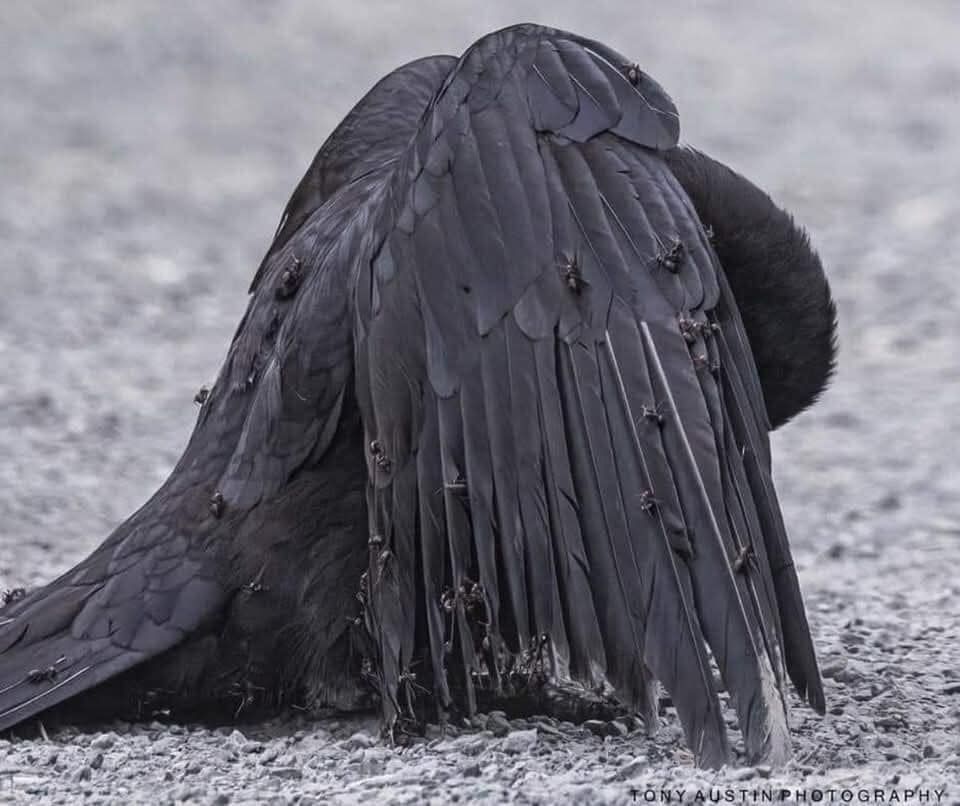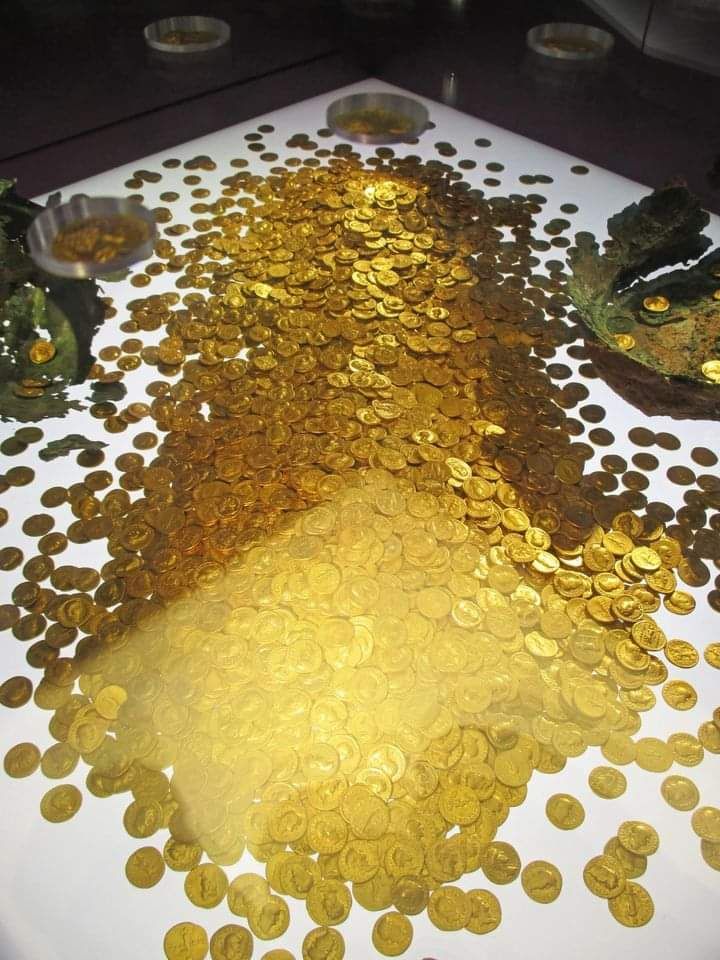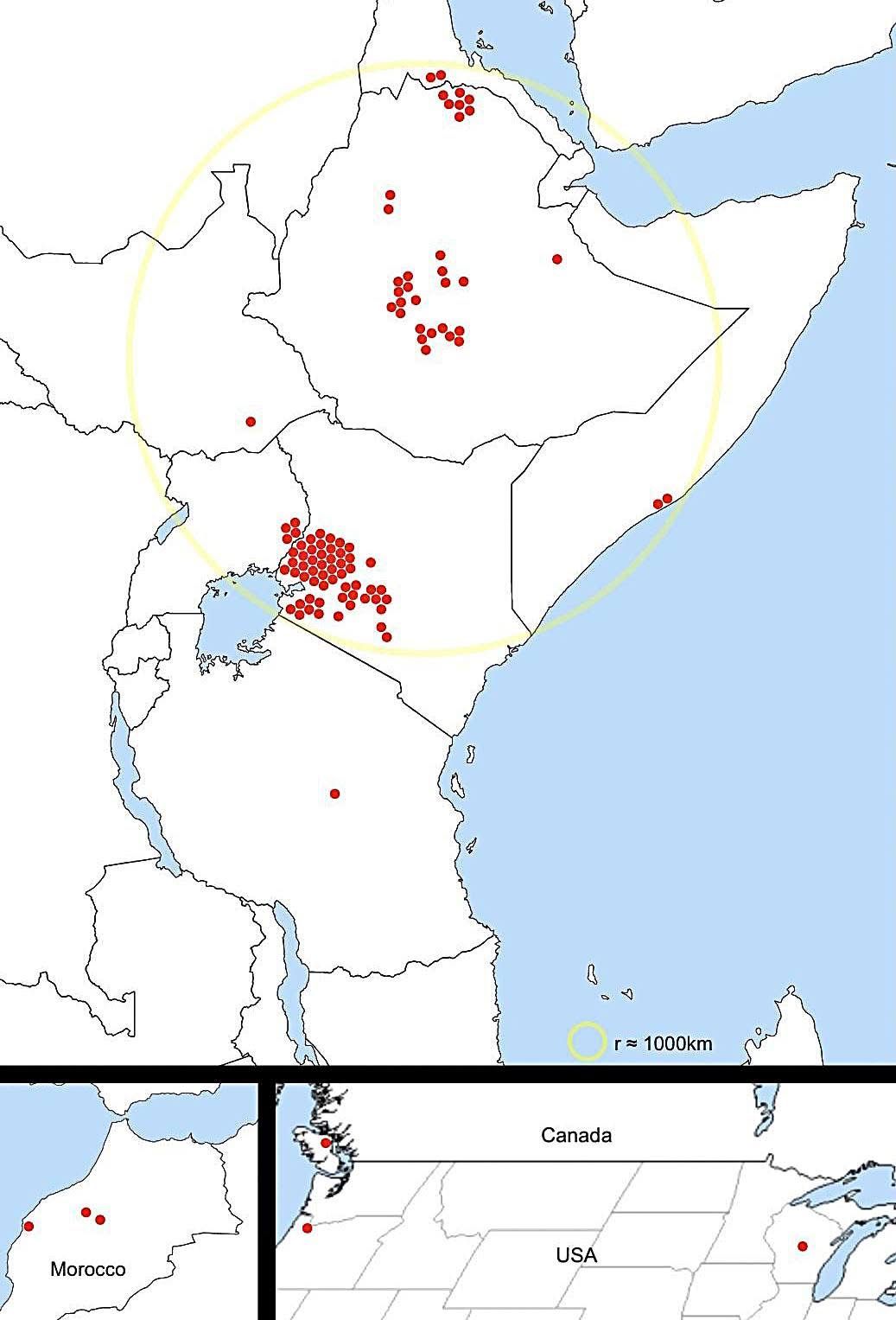Mildly interesting
-
Seen on FB:
Photographer Tony Austin recently captured an extraordinary moment during a 3-hour nature walk. As a murder of crows landed nearby, one of the crows caught his attention with its unusual behavior. Curious, Tony started taking photos—and what he documented was fascinating!
The crow was “anting,” a unique behavior where birds land on anthills, letting ants crawl through their feathers. The ants release formic acid, which acts as a natural insecticide, fungicide, and bactericide—helping the birds rid themselves of harmful pathogens. Nature’s self-care routine at its finest!

-
@jon-nyc said in Mildly interesting:

I don’t really find that surprising. There’s not been a draft in over 50 years.
-
Yeah. Still interesting to see it quantified.
Another (though smaller) driver would be far more women in congress.
-
-
The Gold Hoard:
https://threadreaderapp.com/thread/1867208348514271286.html
The 'Trier Gold Hoard' was the largest Roman gold hoard ever discovered. Comprising of 2516 gold coins weighing 18.5kg, found in Trier, Germany, in September 1993, during construction works; nearly 1800 years after it was hidden.
The discovery of the Gold Hoard in Trier in 1993 caused quite a sensation. On 9 September 1993, an excavator unearthed and ripped apart a bronze cauldron during excavations for an underground parking garage. Part of cauldron and some coins went to a dump site, initially unnoticed. After the first coins were detected at the excavation site, treasure hunters also began to search the earth at the dump site.
An amateur archaeologist, Erich Eixner went back to the excavation site at night and found the larger part of the bronze cauldron, containing 560 coins and an additional lump of 1500 coins, using his metal detector. He informed the authorities of his discovery and received about 20,000 DM, a fraction of the estimated worth. Greater inspection revealed that it was not simply someone's personal fortune but most likely an official treasury. Treasury had been carefully administered and had grown over time. Hoard equated to the annual salary of around 130 Roman soldiers. The aurei (gold coins) feature a total of 27 emperors, empresses and members of the imperial family, and some are still considered unique to this day.
According to researchers; the hoard was hidden for the first time in 167 AD, probably because of the Antonine Plague. The last time it was probably buried in a cellar, dring civil war, while Augusta Treverorum was beleaguered by Clodius Albinus, since latest coins were struck 196 AD, under Septimius Severus. Clodius Albinus had caused a revolt against Emperor Septimius Severus when he appointed his son Caracalla as successor to the throne instead of Albinus. The former administrator of the hoard presumably took the knowledge of the secret stash with him to grave.







